First Bank of the United States
Alexander Hamilton’s creation caused quite a bit of controversy.
This building, now unoccupied, was the first national bank of the United States. Created by Alexander Hamilton to help pay off war debts and to help support the government, the bank also established a common currency and allowed the federal government to oversee banking. However, its existence was not without controversy.
Democratic-Republic factions within the government, mainly Thomas Jefferson and James Madison, hated the bank with a passion. They even went so far as to declare its mere existence as unconstitutional because it benefited wealthy merchants and investors. Hamilton’s proposal also included a plan for a national mint to be established, along with a new excise, or sin, tax. To fund this proposal, the government instituted a tax on liquor, including whiskey.
This hated tax led to the Whiskey Rebellion, in which frontier inhabitants of western Pennsylvania briefly took up arms against the government. These proposals led to the bank’s massive unpopularity, however, George Washington reluctantly signed the bank into law. The bank had a 20-year charter, which was not renewed at its end. This forced the Second Bank of the United States to open, just around the corner in 1816.
The First Bank of the United States was constructed in the popular Federal style and was completed in 1795. It’s now owned by the National Park Service and once contained their offices. Currently, the First Bank is in a state of limbo.
Know Before You Go
The building is not open; however, you can peer inside through the front doors.
Community Contributors
Added by
Edited by
Plan Your Trip
The Atlas Obscura Podcast is Back!




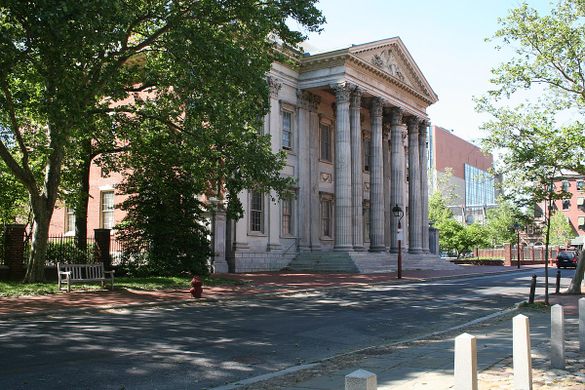


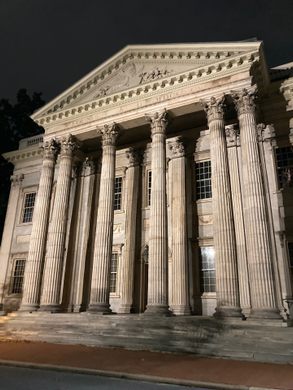
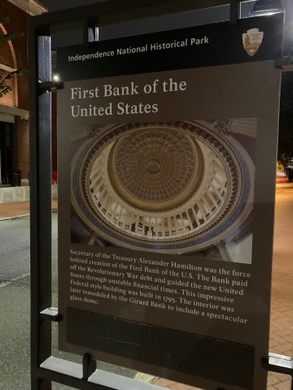
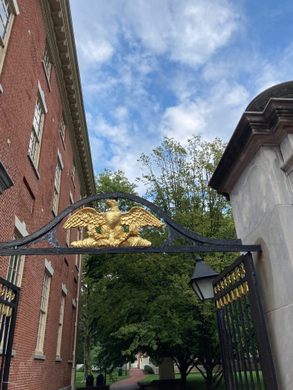

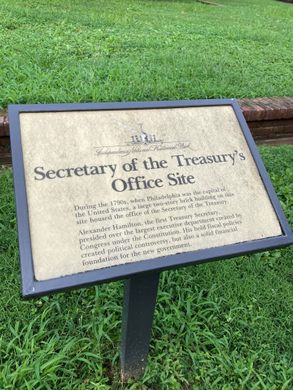
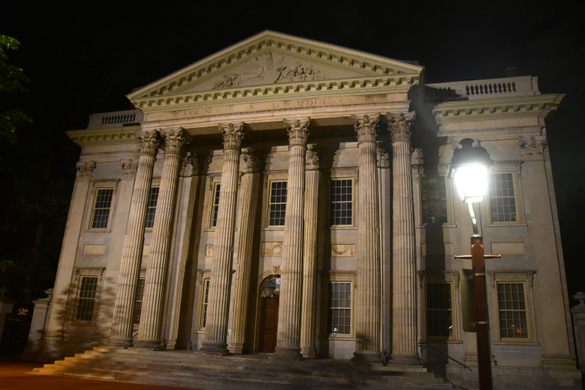
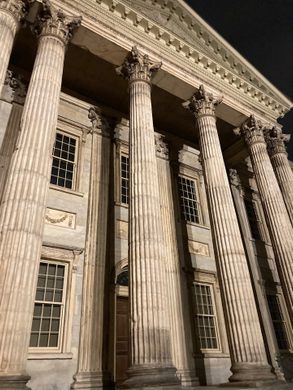
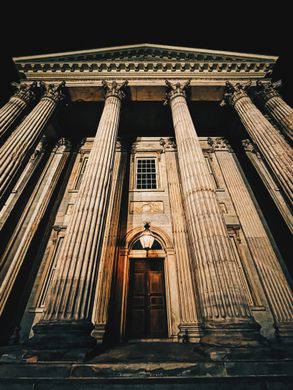
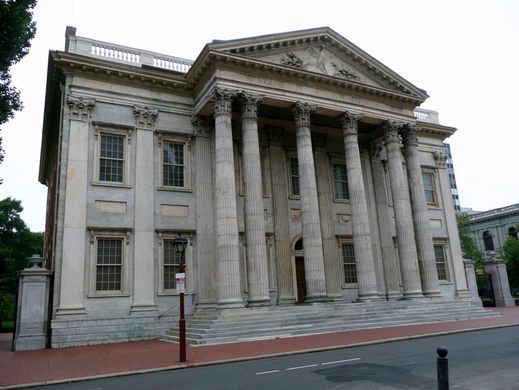









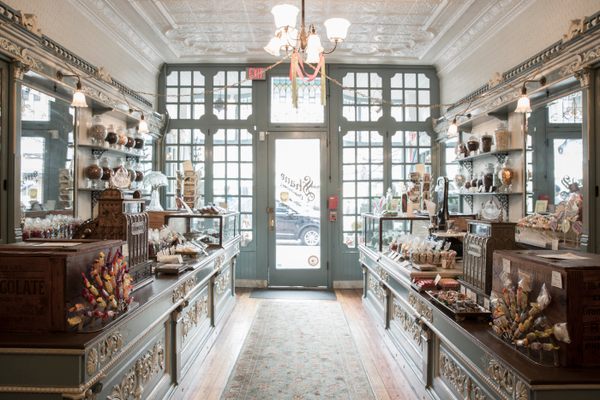



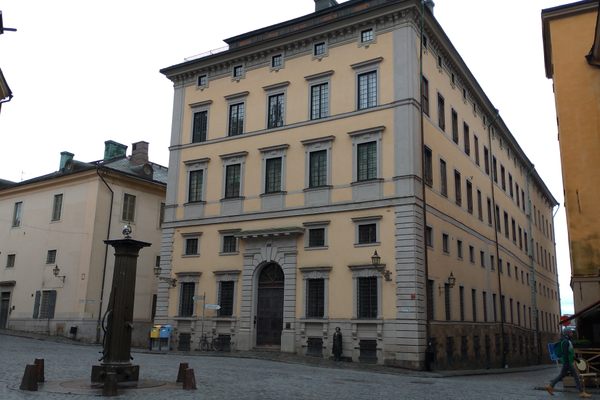


Follow us on Twitter to get the latest on the world's hidden wonders.
Like us on Facebook to get the latest on the world's hidden wonders.
Follow us on Twitter Like us on Facebook